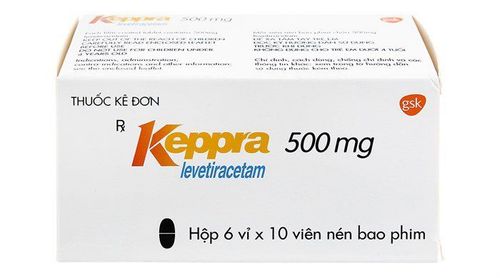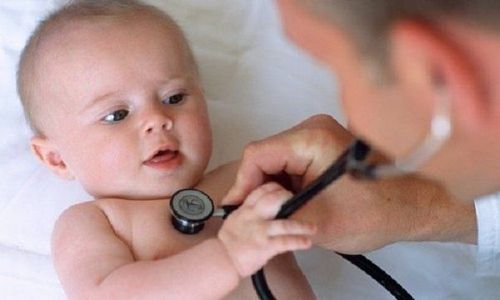This is an automatically translated article.
Sleep EEG is actually a common EEG activation test, but has great significance for some types of epilepsy that only appear during sleep: Primary epilepsy in young children, acute spike syndrome continuous waves in sleep...
1. How to conduct sleep electroencephalogram
The chance to detect abnormal brain activity in most cases is when the patient is tired, sleepy or the stage begins to fall asleep.
Therefore, an EEG test is sometimes done after the patient is asked to stay up late or stay up all night the night before. It is performed in the same way as a normal EEG, but the time will be when the patient is sleepy – after a period of “insomnia”.
In addition, with the type of epilepsy that only occurs during sleep, the patient will need to stay in the hospital to perform an EEG recording of sleep continuously throughout the night to diagnose the disease.

Trường hợp bệnh động kinh chỉ xuất hiện cơn trong giấc ngủ cần thực hiện ghi điện não giấc ngủ liên tục trong suốt đêm đó
Steps to conduct sleep recording:
- Check the patient: The patient is asleep, breathing evenly. Health status before work.
- The patient can sleep in a lying or half-sitting position.
- The nurse attaches the electrodes to the standard position.
- Test standard machine.
- Record EEG according to standard leads, during recording, monitor electrical brain waves at different stages of sleep (4 stages), monitor eye movements or not (during sleep 75% -90% do not move eyes).
- Print EEG records. Read EEG results (pay attention to eye movements and different stages of sleep).
In the process of recording EEG sleep needs to be monitored:
- The cooperation of the patient in the recording process.
- Observe the patient to detect recording noise.
- There was a seizure during recording.
- There are abnormal and dangerous manifestations of the patient's disease.
2. The role and significance of sleep electroencephalogram results

Nếu xuất hiện cơn co giật trong khi ngủ nên được đo điện não bằng phương pháp ghi điện não giấc ngủ để xác định có mắc bệnh động kinh hay không
There are some forms of epilepsy that are difficult to diagnose with a routine EEG that must be done in conjunction with many other diagnostic methods, typically sleep recording.
EEG recording results of sleep can clearly show abnormal electrical waves when the patient is in a seizure, but there are times when the EEG recording does not show distinct changes.
Therefore, even though EEG results are normal, it does not mean that they have been excluded from the list of patients with epilepsy, especially when typical seizures are present.
If a seizure (convulsion) is detected during sleep, an electroencephalogram should be performed using sleep electroencephalography to determine if epilepsy is present. This is one of the easiest techniques to perform and can be done in most hospitals.
Epilepsy cannot be cured, but if symptoms can be well controlled, epilepsy will no longer be a scary obsession.
Periodic health check-ups help to detect diseases early, so that there are treatment plans for optimal results. Currently, Vinmec International General Hospital has general health checkup packages suitable for each age, gender and individual needs of customers with a reasonable price policy.
The patient's examination results will be returned to the home. After receiving the results of the general health examination, if you detect diseases that require intensive examination and treatment, you can use services from other specialties at the Hospital with quality treatment and services. outstanding customer service.
Please dial HOTLINE for more information or register for an appointment HERE. Download MyVinmec app to make appointments faster and to manage your bookings easily.
SEE ALSO:
EEG measurement - Early brain disease screening method What is EEG recording at sleep for? What is the difference between an electrocardiogram and an EEG?













